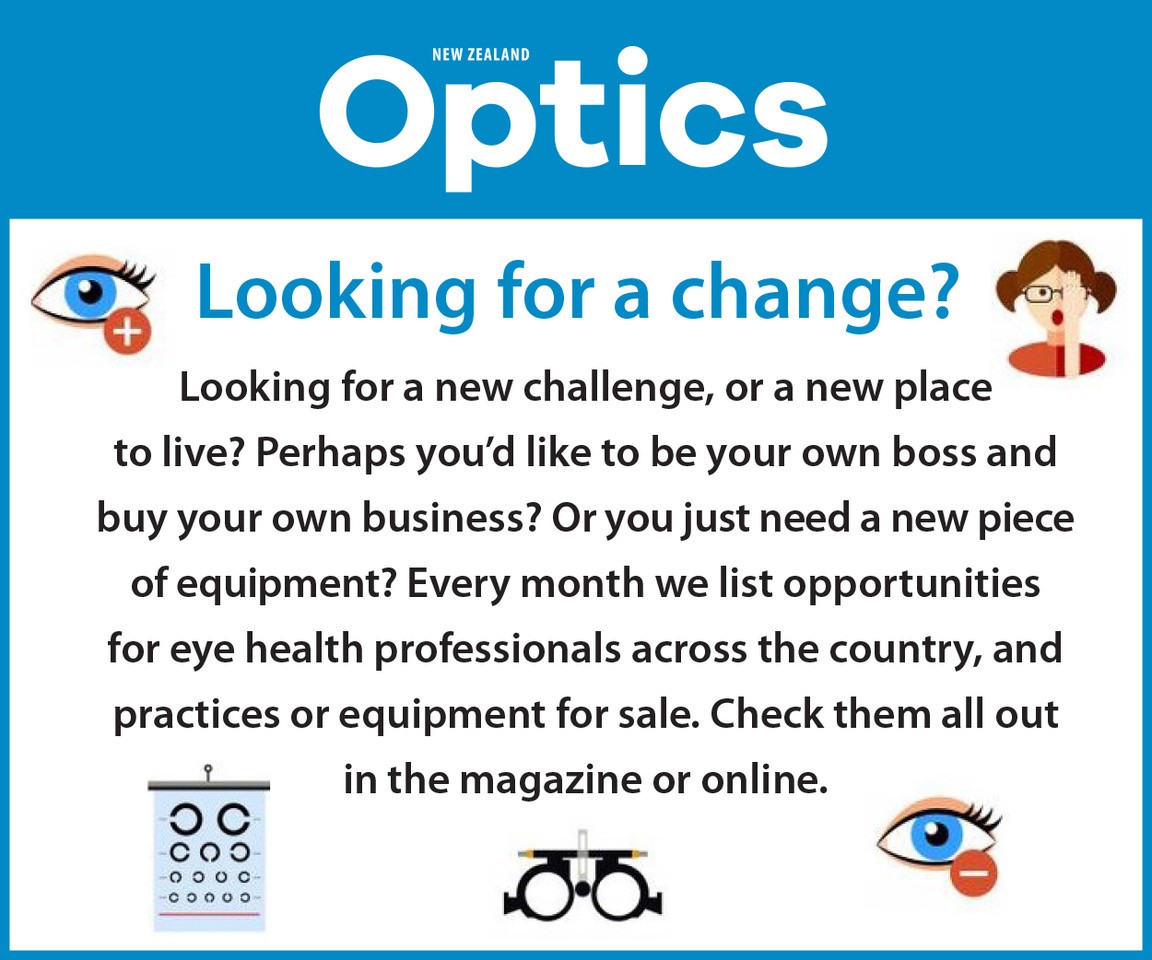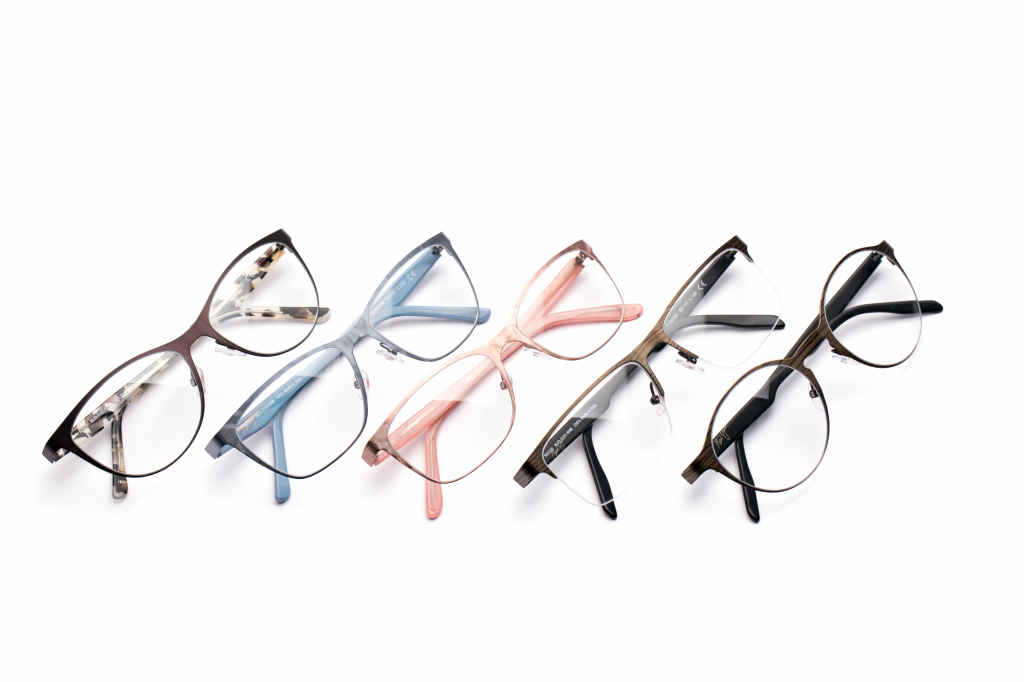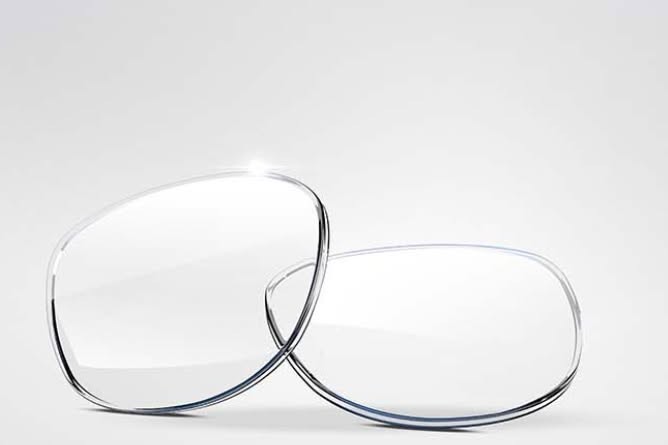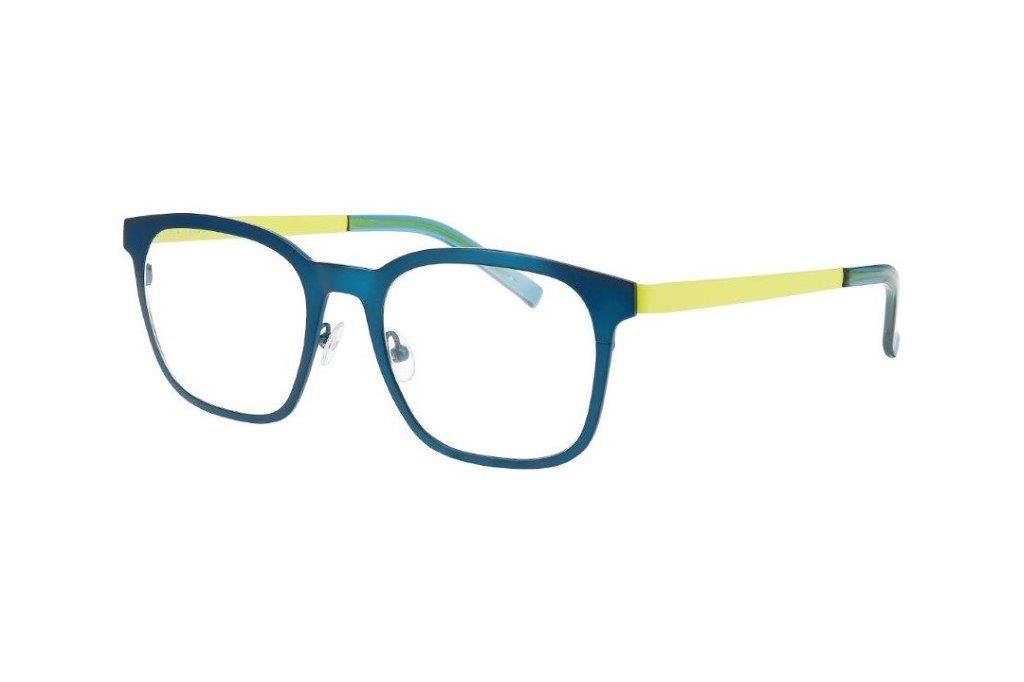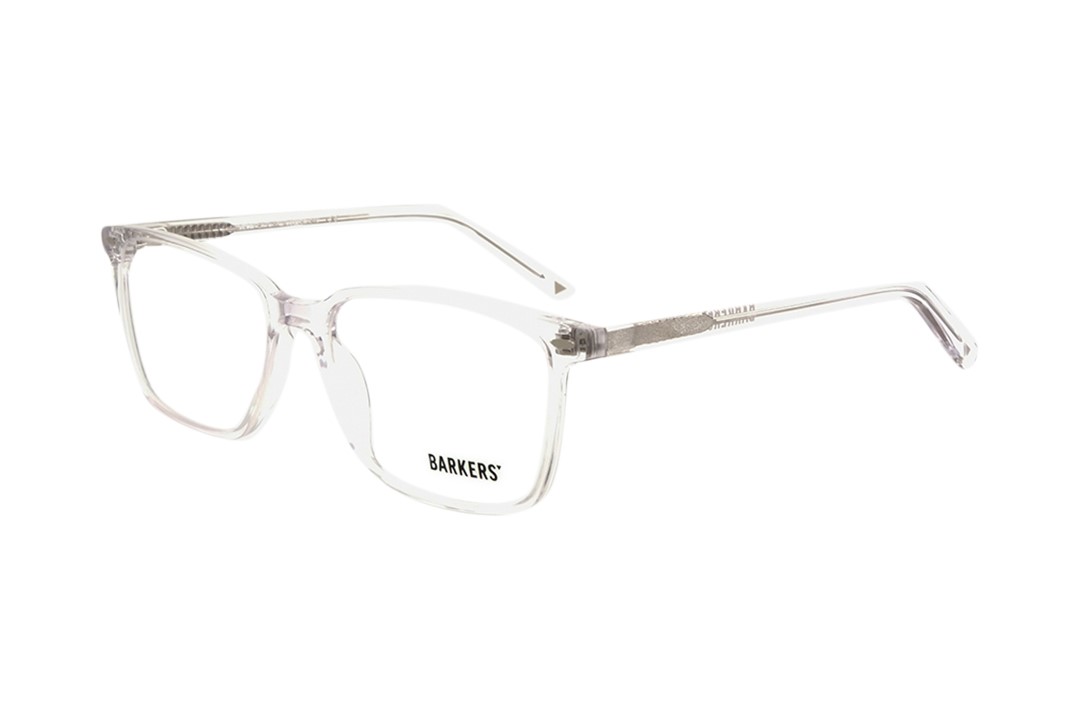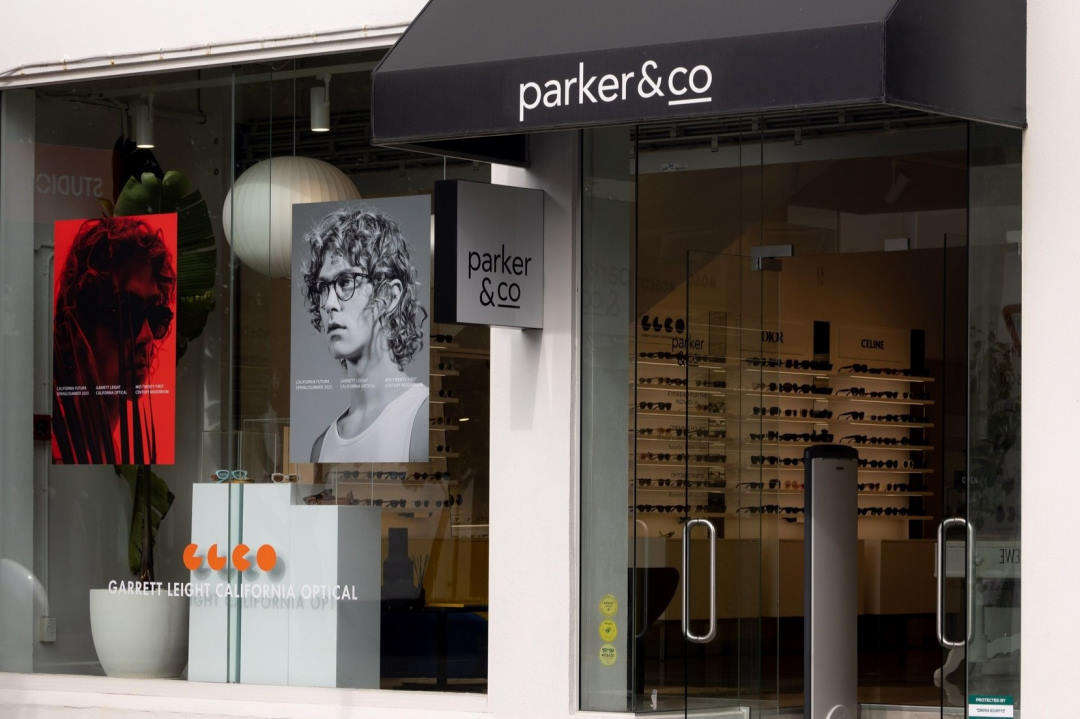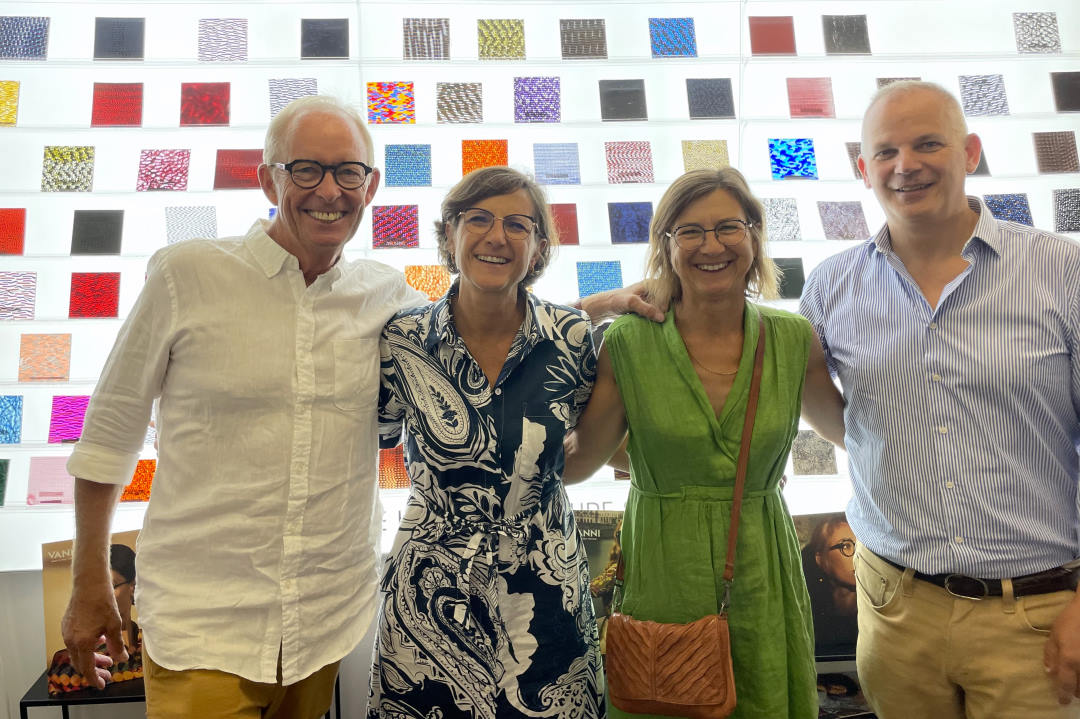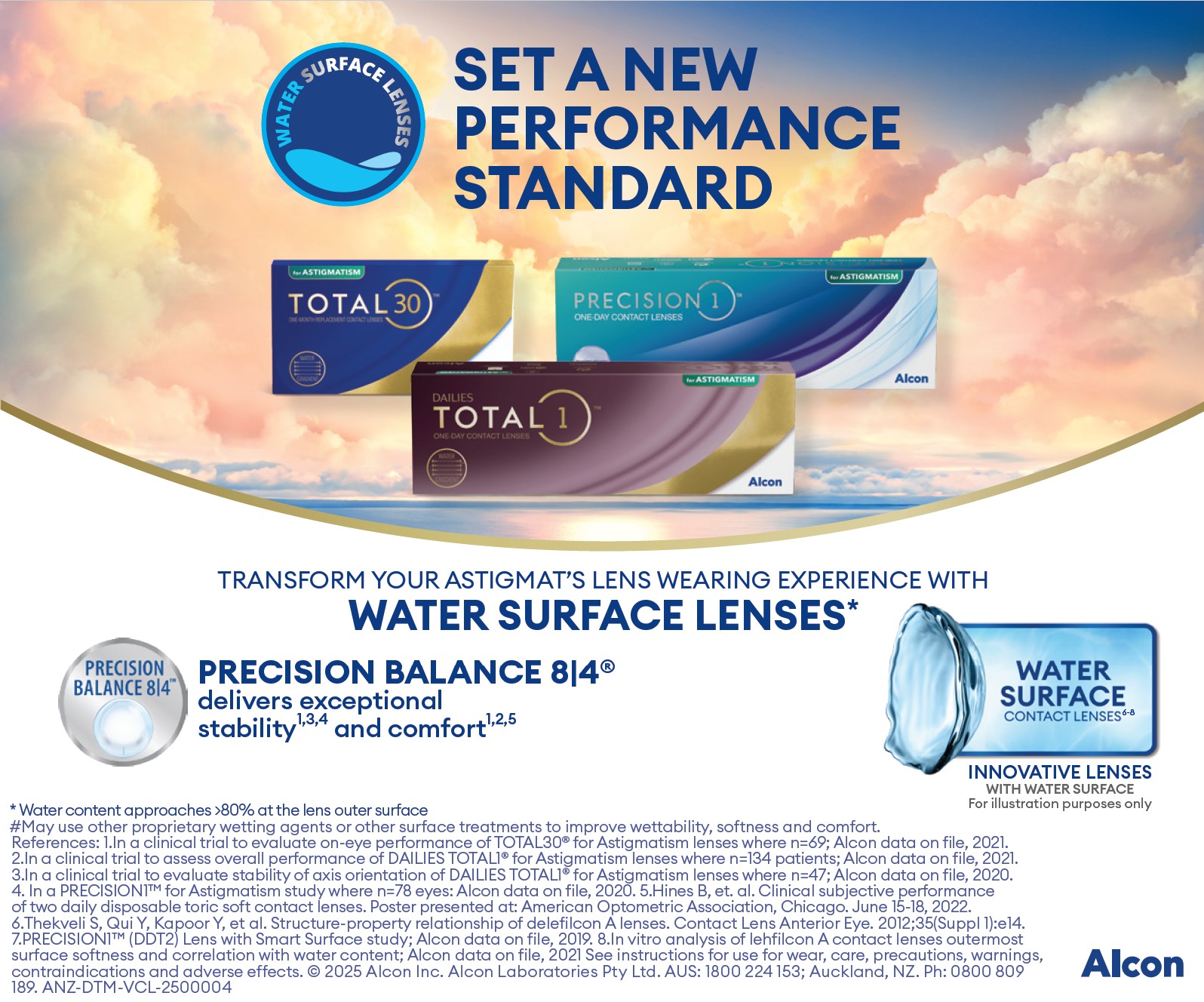Maui Jim goes optical
Maui Jim has branched out from its traditional world of sunnies and launched a new range of ophthalmic lenses and frames.
The new collection was introduced into Australasia in May with several retailers in New Zealand already expressing a strong interest in the line, says Sydney-based marketing director Nathan Fisher.
“Maui Jim Optical is a strategic extension of Maui Jim Sunglasses and posed a natural 'next challenge' for us as a company. It was also in response to market requests for Maui Jim to launch such a collection. The ophthalmic market is considerably larger than the sunglass market and, as such, offers significant opportunity for business growth and diversification, whilst holding true to our core competencies: technology and customer service.”
Fisher says the new Optical range designs were inspired by Maui Jim’s Hawaiian heritage, using traditional kapa patterns in the frame temples. “The colours found in the flora and fauna of Hawaii lent themselves beautifully to the shades we chose for many of the acetate frames. We also draw inspiration from sea glass, with part of the collection borrowing its colour from the natural brilliance of colourful sea glass.”
True to its technical lens origins, Maui Jim Optical offers six clear lens materials, two of which are patented to Maui Jim: the 1.67 HEV and the 1.67 high contrast lens. The 1.67 HEV lens filters harmful blue light (78% at 420 nanometres and 14% at 440nm) while still allowing beneficial blue light to reach the eye, says Fisher, explaining how the HEV filter is built into the lens. “It is very clear compared to other HEV lenses which have a yellow or blue tint. The lens protects the wearer against eyestrain-related headaches, tired eyes, blurred vision and potential retinal damage from digital devices and artificial lighting.”
The 1.67 high contrast lens has contrast properties built into the lens material, says Fisher, reducing yellow light by 55% at 585nm where red and green photo receptors overlap and can be perceived as glare. “The lens transmits 90% of primary colours resulting in a lens-enhancing colour contrast, which makes it easier to read fine print and reduces glare from headlights and streetlights, making them perfect for night driving.”









